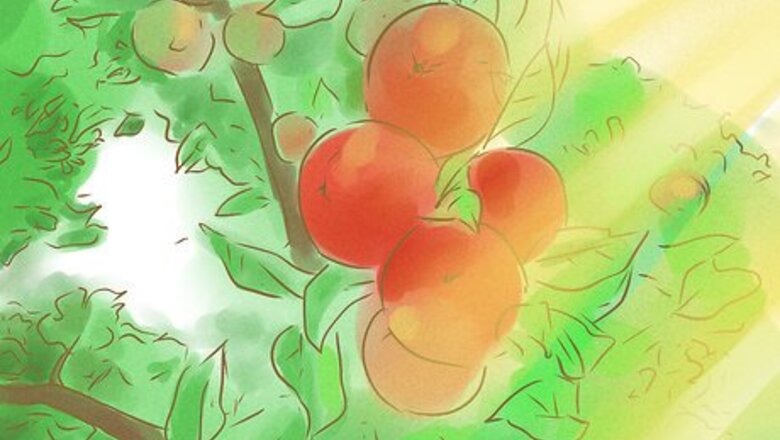
views
Learning to Identify Ripe Apples
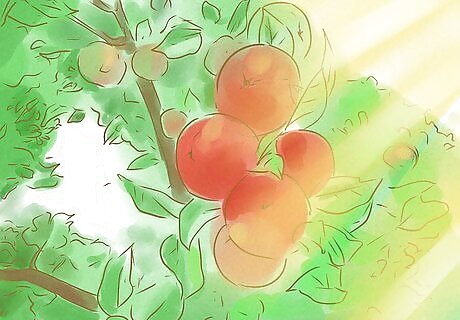
Take the growing location into account. Apples are ready for picking earlier in warmer areas than the fruits in colder climates because the heat helps them ripen. Likewise, south-facing fruits will get more sunlight and be ready for picking earlier than apples on the north side of the tree. In cooler climates, harvest time is generally September through October. In warmer climates, harvest time could be anywhere from late summer through early spring.

Consider the color of the apples. The most obvious sign to watch for is color. Golden delicious apples will change from green to yellow when they are ready to be harvested and red delicious will turn entirely red. If the tree produces apples with stripes or red blush, the green part of the apple will turn yellow when it is ready to pick. Unfortunately, some of the newer apple tree cultivars are not so obvious. The skin on these apples may turn entirely red before they are ready for harvest or the green part of the skin may not turn yellow until the apples are stored for a few months. To overcome this obstacle, heck the flesh of the apple before harvesting all of them to determine if they are ready. When these apples are ready to harvest the flesh will have changed from pale green to white. The color of the indentation near the stem is another way to tell on certain varieties. The shade of this area generally lightens as the apples ripen.
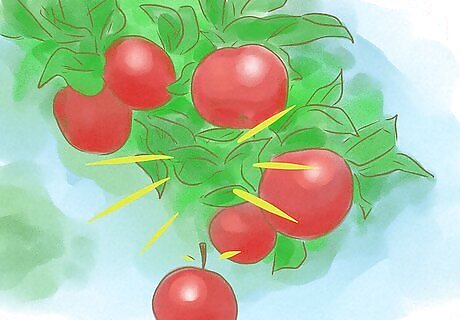
Wait for a couple of apples to fall from the tree. Apple trees naturally drop their apples when they are ripe to self-seed and reproduce. Watch for an apple or two to drop from the tree to determine if they are ready to pick. When your apples are ripe, they should be fairly easy to pick from the tree with a simple upward twist of the apple. Try to avoid picking an apple by pulling the fruit straight down and tugging. If otherwise healthy fruits begin to fall off the tree, they are probably beginning to get a little too ripe and should probably be harvested as soon as possible.
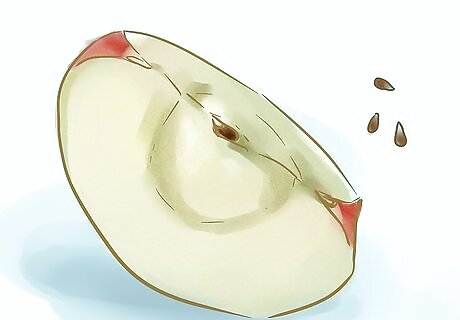
Look for dark brown seeds inside the apple. Apples that are nearing maturity will generally have dark brown seeds rather than white ones. However, keep in mind that this may not be the case for varieties that ripen early. Their seeds may still be light-colored when they are ripe and some types have seeds that turn brown weeks before the optimal picking time. This is where researching the variety in your yard can also prove helpful.
Testing for Ripeness

Do a taste test. The ultimate test of ripeness is the taste test. The flesh should be sweet or tart, depending on the apple variety, and slightly softer but not mushy. Don’t be discouraged if all signs point to harvest time but the apples are not as sweet as they should be, especially if they are a type of Delicious apple. Some types of apples will get sweeter after they are picked and stored for a short while.
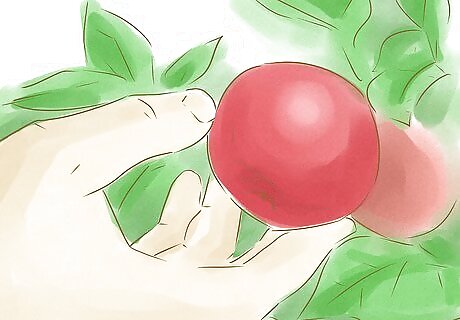
Test the apple for softness. Apples that are fully matured are also slightly softer in texture than unripe apples. A good way to test a fruit’s ripeness is by giving it a light squeeze between your fingers and thumb. If the apple indents a little then it is finished growing. It may take novice gardeners sometime before they become proficient with this test, however.
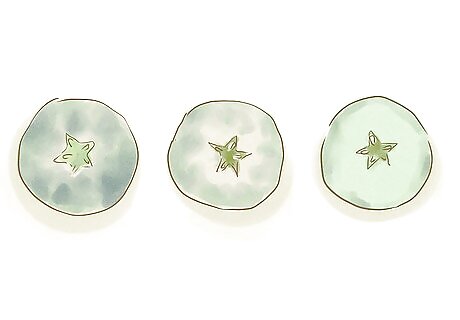
Spray the inside of the apple with iodine. If all else fails, gardeners can cut an apple through the core and spray it with iodine to see if it is ripe. Iodine will turn the unripe cells a dark color due to the presence of starch in the apples. Fruits that are to be stored should have a completely white center and dark spots that take up anywhere from three quarters to one half of the fruit. Completely clear fruits should be immediately eaten or preserved in some fashion.




















Comments
0 comment